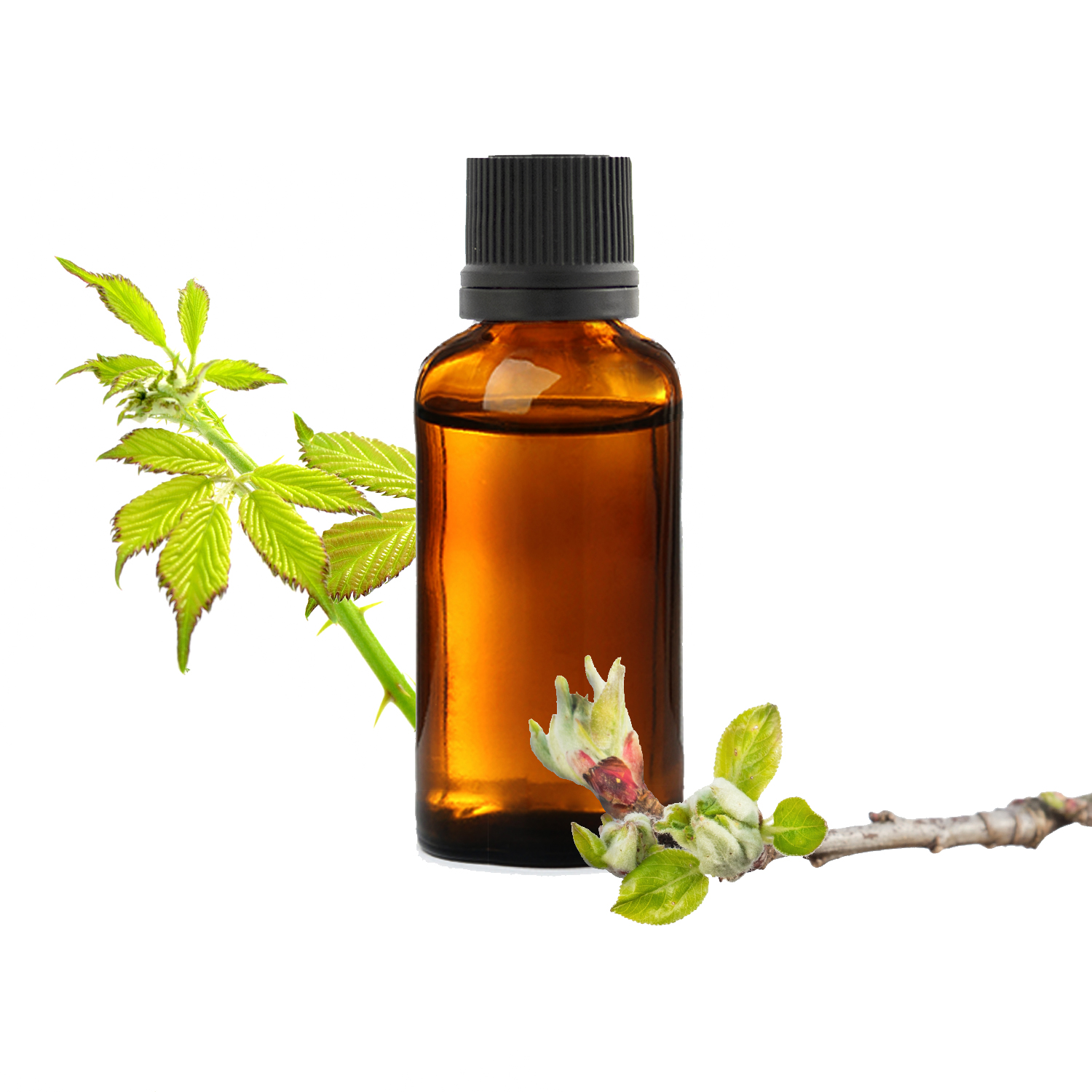
The Bramble, Rubus fruticosus, is a thorny shrub of the Rosaceae family whose fruit is none other than the blackberry, but not to be confused with the mulberry of the Moraceae family. Bramble bud macerate has a particular action on the osteoarticular sphere: used to consolidate bone and repair fractures, it also plays a role in osteoporosis and osteoarthritis. Furthermore, it has an action on the respiratory sphere because it drains the lungs in cases of bronchitis or emphysema. Finally, it has a slight estrogenic effect which makes it useful to accompany menopause or in cases of uterine fibroids. Latin name: Rubus fruticosus L. Part used: young shoots
This article was updated on 19/07/2023For what problems should it be used?
-
Immune and respiratory system ++++ : Angina, Bronchitis, Pulmonary emphysema, Pulmonary fibrosis
-
Osteoarticular system +++ : osteoarthritis, fracture, lumbago, osteoporosis, rheumatism, sciatica
-
Cardiac system ++ : Hypertension
-
Blood and lymphatic system ++ : Arteriosclerosis, Arteritis
-
Urogenital system ++ : Dysmenorrhea, Uterine fibroid, Menopause, Painful periods
How to use it alone?
Adults and adolescents : 5 to 15 drops per day in a glass of water, divided into 1 to 3 doses during the day depending on the case, 15 minutes before a meal for 3 weeks. Start with 5 drops and increase gradually:
- or one drop per day up to 15,
- i.e. 5 drops the first week, 10 the second and 15 the last.
Children over 3 years old : 1 drop per day for 10 kilos. Start with 1 drop and gradually increase.
Synergistic uses
Uterine fibroids
Bramble bud macerate can be used in combination with that of Raspberry bush, hormonal regulator, and that of Vine to reinforce the anti-fibrosis action and exert an anti-inflammatory effect.
Osteoporosis
In case of osteoporosis, Bramble bud macerate can be combined with those of Scots Pine and of Sequoia. They are both remineralizing and promote good bone construction.
Main properties
-
protector of the osteoarticular system, participating in bone growth :
bramble macerate contributes to the oxygenation of joint tissues, protects the bone structure and promotes osteoblastic bone-building activity. It therefore consolidates and protects the bone structure, and will be useful in cases of osteoporosis or fractures. It also stimulates the process of rebalancing calcium metabolism, altered during menopause and post-menopause for example. It is an ideal complementary macerate in combination for all these osteoarticular problems. It is particularly useful when the land is degraded by disease, acidity or other conditions.
-
antisclerotic :
bramble bud macerate exerts an anti-sclerotic action on the tissues of several organs and systems. Like the plant which invades degraded land to revitalize it, the buds have the same capacity to regenerate tissues altered by a process of fibrosis. It has pulmonary tropism, when respiratory capacity is reduced following chronic disorders. It also acts on the skeletal system, kidneys, uterus and brain. It thus improves the oxygenation of the brain and helps prevent premature aging.
Precautions for use
- Bramble bud macerate is a herbal food supplement. It does not replace a varied diet and a healthy lifestyle. It is important to keep it out of the reach of children and not to exceed the recommended daily dose. Dosages must be adapted for young children.
- Bramble bud macerate is authorized for the whole family, except for babies under 3 years old and pregnant women.
- As a precaution, this bud macerate is not recommended in cases of hormone-dependent cancer without medical advice.
- Store away from light and heat.
What does a good Bramble bud macerate look like?
Botanical characteristics
- Latin name: Rubus fruticosus L.
- Botanical family: Rosaceae
- Distilled part: young shoots
Composition
- Composition: Alcohol* 32%, Water, Vegetable Glycerin*, Bramble bud extract (Rubus fruticosus L. ex Dierb.)*.
Organoleptic characteristics
- Appearance: liquid - possible cloudiness
- Color: reddish-greenish brown
- Odor: fruity, slightly alcoholic.
- Taste: characteristic, alcoholic.
Was this article helpful to you?
Average grade: 4.6 ( 282 votes)
Bibliography
Work : Piterà di Clima, F., & Nicoletti, M. (2018). Summary of gemmotherapy - Scientific foundations of Meristemotherapy. Amyris Editions.
Work : Boistard, S. (2016). Gemmotherapy - Buds for health - Practical and family guide. Terran Publishing.
Work : Andrianne, P. (2011). Treatise on gemmotherapy: Therapy using buds. Amyris Editions.
Work : Halfon, R. (2011). Gemmotherapy - Health through buds. Dangles Editions.
Work : Ledoux, F., & Guéniot, G. (2014). Phytembryotherapy: The embryo of gemmotherapy. Amyris Editions.
Work : Pineau, L. (2019). The great book of gemmotherapy. Leduc.s Éditions.


